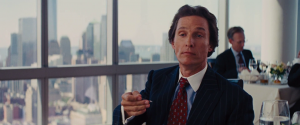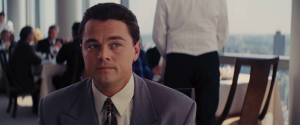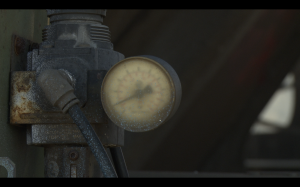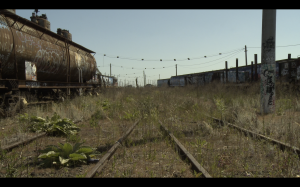Good morning everyone, I would like to share my ideas on my project to you that what I have focused, thought, written and investigated. I was wondering why directors love to do take a same shot over and over again. I am curious about they like to repeat the same thing insistently even there won’t be any difference. Even we all know filming is very time consuming. But after I have seen Stanley Kubrick’s The Shining, my mind was changed. There is a long take in The Shining and it was taken 127 times, and it made Staley Kubrick to hold the Guinness World Records of “Most takes with dialogue scene”. I didn’t understand why he had to shoot over hundred times with one single shot, wasn’t there any shot could satisfy him? And I found that Stanley Kubrick filmed this shot with this crazy amount of takes was just wanted everything to be perfect. I don’t mean that I have to shoot hundred times on every single shot would make my stuff become perfect, but the attitude to do the same thing over and over again to reach perfection. This motivated me to deal with problems when I am lack of knowledge of coverage, to start the things over again and clarify what I actually want in the scene.
No one can avoid to practice to get success, even as talented as Kubrick, keep practicing would be important in filmmaking. The weekly exercise in class is a good example. I think I would be handy on filming when I have practiced enough to direct a scene and even a movie in the future, to be confident to overcome the failure through practicing.
Martin Scorsese says “Every scene is a lesson, every shot is a school, so let the learning continue.” We keep learning when we are living, but if we want to learn something, that we have to do it first. Try and error, start over again and again. I think I would be benefited greatly by shooting even the script is not 100% developed. As I remember when my group was stuck in filming documentary last year, Paul suggested us to do the “running and gunning” method, shoot it first, whatever we have got, and try to bring back the inspiration and ideas from the footages we have shot. I think it might be easier to get more ideas for the cover the documentary and keep learning from errors and failures, try to correct them when I start it over.
So I want to achieve in this project is to be comprehensive on set as a director through doing an actually shooting rather than communicating with DOP and actors abstractly in a limited time. I think it is not necessary to concern too much what I have to cover in the project, because we cannot film with only ideas and theories but also need to practice, go to shoot some footages even there are not any actors, just do the empty shots and edit a rough cut to see what I would have got, then I observe it, figure the problems out, correct them, and reshoot again. The plan might sound so unplanned, but I think practice is a key to make my picture in my mind to be visualized and boost up the efficiency when I have a kick start with my project.









